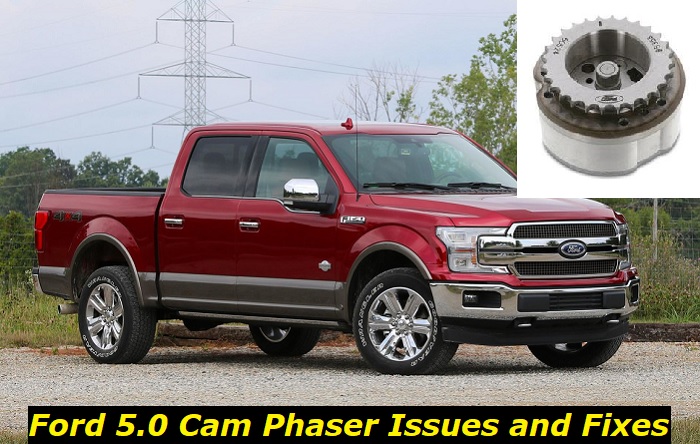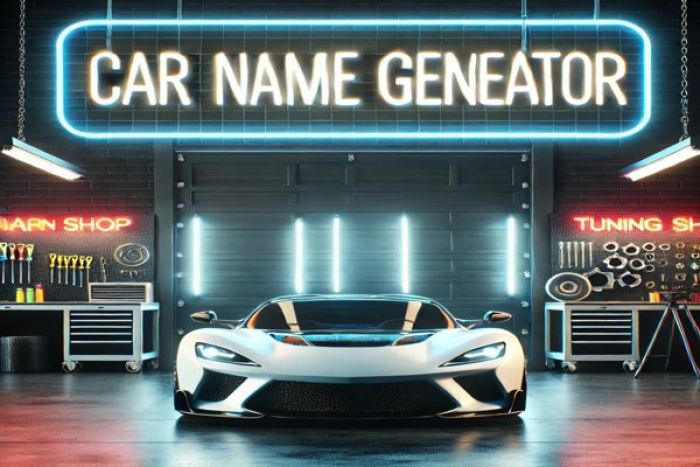The Ford Motor Company is one of the most successful automakers globally. Over the years, the company has built many notable engines, including the 5.0L Ti-VCT, which might be the best. Most often called the Coyote, the Twin Independent Variable Camshaft Timing engine is a light, powerful, all-aluminum powerplant used in the 2011 to 2020 Ford Mustang and the F150 truck of the same years.
Key features and my opinion about the engine
- Production years:2011-now
- Average lifespan of Coyote:280,000-310,000 miles
- Fuel supply type:port injection, later-combined injection (port+direct)
- Power range:360-460 hp
- Fuel efficiency:awful
- Engine block material:aluminum
- Engine reliability score:high
- The most common problems:oil leaks, weak plugs and coils, electronic throttle issues, EGR problems.

The Ford 5.0L is equipped with camshaft phasers that act as the heart of the engine's variable valve timing system. When conditions allow, these cam phasers alter the camshafts' positions to adjust the engine's valve timing.
What is a Cam Phaser?
From a theoretical point of view, camshaft phasers are great, except that they are the primary failing points of the Ford 5.0L engine. The Ford Mustang and F150 are among the greatest and bestselling American vehicles, which means their engines must be excellent. The point here is that despite the cam phasers' tendency to fail, the Ford 5.0L remains one of the best engines on the market. However, at one point, you might find yourself looking for replacement services for your cam phasers.
That said, it's good to have a clear basic understanding of cam phasers, their issues, why they fail, and most importantly, the approximate cost of replacing them.
While some automakers refer to them as camshaft actuators, others use different terminologies. Regardless of their name, cam phasers are designed for one purpose; to adjust the camshaft's phase in relation to the crankshaft to alter the valve timing.
To understand this better, think of altering the speed of a record turntable by hand-spinning it. Camshaft phasers have two essential parts. The first component is the outer sprocket linked to the timing chain and the inner rotor that connects to the camshaft. It is this inner rotor that varies the valve timing by changing the camshaft angle of rotation.
Ford 5.0 Cam Phaser Issues
The Ford 5.0L Cam Phaser is designed to lock into position when the engine is idling. However, when the camshaft phaser fails, it will not work correctly, which means it'll not lock into place when the vehicle is not in motion. One of the most apparent symptoms of a failing camshaft phaser is a rattling or knocking noise from the engine. You can hear this noise clearly when the engine is idling and hot.
While you can still drive your Mustang or F150 with a faulty camshaft phaser, you risk causing more problems to your vehicle. A lousy cam phaser won't stop the engine from running, but it could damage the solenoids and the vehicle computer system, and if not fixed in time, it can harm the engine.
If your Ford 5.0L cam phaser has problems, it'll send in a code. And although it may not be directly related to the phaser, it must be connected to the camshaft. You can use an OBD II Scanner to determine the exact issue or have a professional mechanic do it. If the mechanic confirms that the cam phaser is dead, it can and should be replaced immediately.
Symptoms of a Bad Camshaft Phaser
Variable Valve Timing is among the most advanced auto technologies in the modern world. VVT engines, including the Ford 5.0L powering the 2011 to 2022 Mustang muscle car and the F150 pickup truck, are efficient, economical, and powerful. At the heart of this engine is a camshaft phaser that controls the engine's valve timing.
You will notice these symptoms when the Ford 5.0L camshaft phaser develops issues.
- The "Check Engine Light" Will Illuminate
A 2011 vehicle is classified as modern. That means cars from that year are equipped with a computer system that monitors several sensors and actuators in the engine. Also called Engine Control Unit, ECU, this system checks and reports to the driver whenever something goes wrong under the hood. These cars include the 2011 to 2020 Ford Mustang and F1150 models equipped with the Ford 5.0L engine.
The ECU monitors the position of the camshaft via sensors. Since the primary job of the cam phaser is to phase the camshaft, if the cam deviates from its expected position because of a faulty cam phaser, the ECU will throw in a warning, and the "Check Engine Light" will illuminate. What follows is a warning or error code that the ECU stores in the system. This code will direct you to the exact problem when it is scanned with an OBD II Scanner.
- You Will Hear Rattling Noises from the Engine
If the cam phaser works appropriately, it will lock into place when the engine is idling. When it begins to fail, it'll not lock into place when the engine stops. A faulty cam phaser causes a loud rattling or knocking noise from the engine's top end. It becomes even louder when the engine is idling and hot.
You may also mistakenly think that the ticking noise is the sign of the cam phaser problem. It's not. We've written an article about the tick noise in these engine - here you can have a look at it.
- Poor Performance
Are you experiencing a hard start, poor acceleration, or rough running with your Ford 5.0L Mustang or F150? This shows that your engine is beginning to experience poor performance. When the camshaft phaser fails, the valve timing will not delay or advance as required, and your engine will not perform as it has been doing.
One of the most pronounced symptoms of a lousy cam phaser is when the engine cannot produce enough power. Even when you press the gas pedal down hard, you will notice that your vehicle is losing power. You will try to overtake a vehicle on the highway, but due to engine power loss, you will not be able to cover the overtaking distance in time. This is dangerous because it can lead to accidents and other unpleasant occurrences on the road.
You will also realize that the vehicle is running rough, especially when the engine is idling. These symptoms will become more pronounced as the cam phaser continues to deteriorate.
- Throttle Surge
Have you noticed that your vehicle speeds up and slows down even when your foot is steady on the gas pedal? That is what we call throttle surge. You may also notice that your tachometer's reading surges from 1000 to 2000 rpm while you are not pushing the gas pedal hard.
These are signs of a failing camshaft. The cam phaser controls the camshaft. If it fails, the camshaft will fail, and you will experience a throttle surge.
- Poor Fuel Efficiency
Variable Valve Timing engines are among the most efficient on the market today. As such, you will notice immediately if your vehicle begins to consume too much fuel. A camshaft phaser failure may cause a decrease in mileage.
If, besides poor fuel efficiency, you are experiencing throttle surge, power decrease or loss, and rattling noise from the top end of the engine, most likely than not, your Ford 5.0L has a lousy cam phaser. Other factors may cause poor fuel efficiency, but if all signals direct you to this side, you can have a mechanic inspect the state of your camshaft phaser.
How to Fix Ford 5.0 Cam Phaser Issues, And How Much It Costs
Have you inspected your vehicle and concluded that the cam phaser has issues? You may only be left with one option; visit a Ford service center near you and have a professional mechanic replace the cam phaser for you.
Cam phaser issues are technical, and only professionals with the proper knowledge, experience, and tools can fix them. However, if you are the type that knows their way around vehicles and you have the right tools, why not fix your cam phaser issues and save time and labor charges?
Talking about cam phaser replacement cost, this will depend on several factors. And the primary one is the information your mechanic will have at the time of recommending the solution. Like in a doctor's consultation room, your mechanic will ask about your experience with the vehicle. If you are clear in your explanation, it will be easy for the mechanic to recommend an accurate solution.
If your information is vague, the mechanic will have to locate the problem by himself to fix it. This will cost you more money.
At the dealership or service center, the Ford 5.0L cam phaser replacement cost ranges between $1,000 and $2,500. The information you give the mechanic will affect the actual price you will eventually pay.
The vehicle model, year of manufacturer, and other factors will also affect the actual amount you will pay. Camshaft phaser replacement is one of the most expensive repairs you will ever do on a Ford Mustang or F150; you don't want to fumble with your money. So, the better you explain the symptoms to the mechanic, the easier and cheaper it will be to fix the problem.
About the authors
The CarAraC research team is composed of seasoned auto mechanics and automotive industry professionals, including individuals with advanced degrees and certifications in their field. Our team members boast prestigious credentials, reflecting their extensive knowledge and skills. These qualifications include: IMI: Institute of the Motor Industry, ASE-Certified Master Automobile Technicians; Coventry University, Graduate of MA in Automotive Journalism; Politecnico di Torino, Italy, MS Automotive Engineering; Ss. Cyril and Methodius University in Skopje, Mechanical University in Skopje; TOC Automotive College; DHA Suffa University, Department of Mechanical Engineering






Add comment